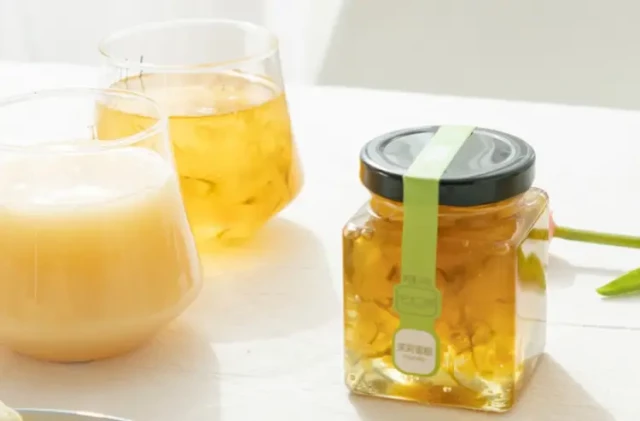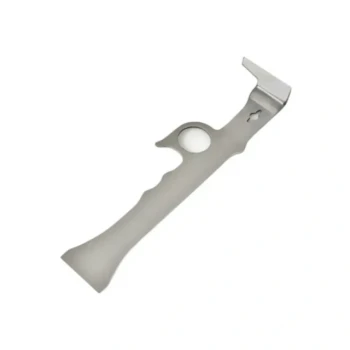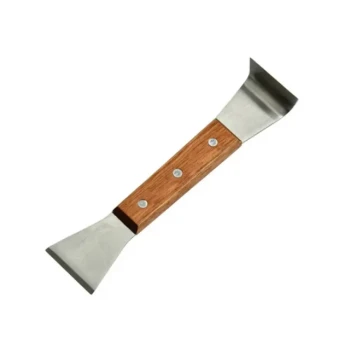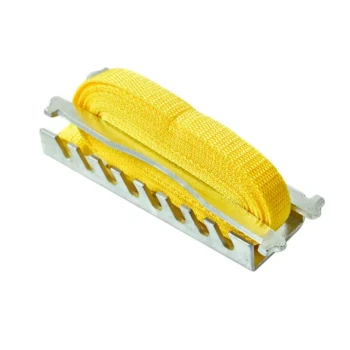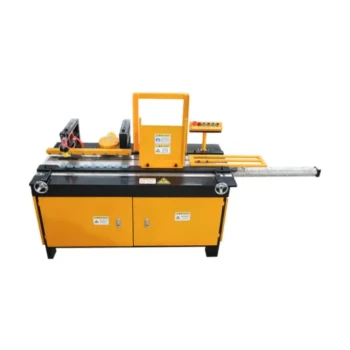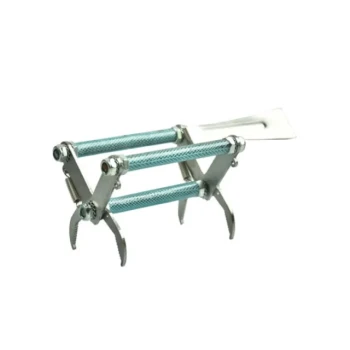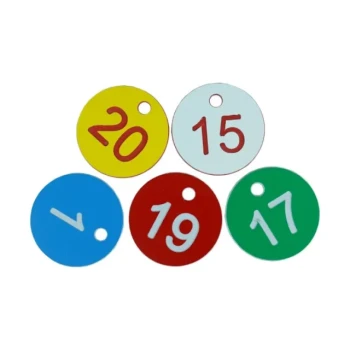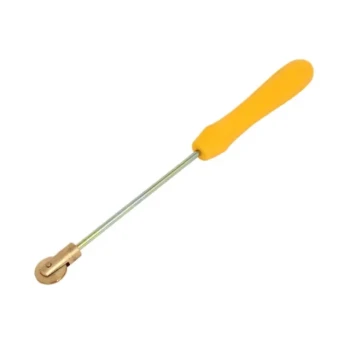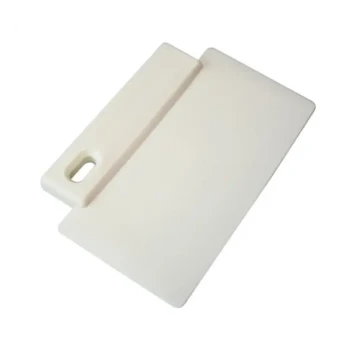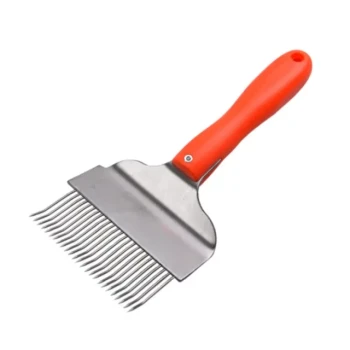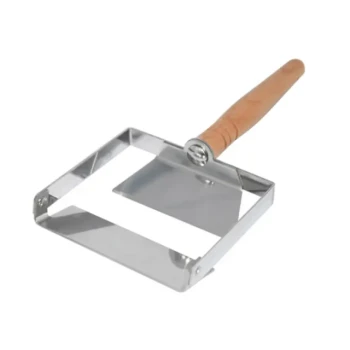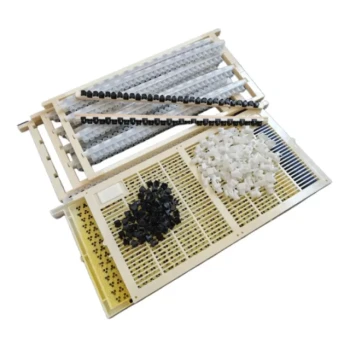Beekeepers using Flow Hives face a unique summer challenge: how to optimize honey production without compromising colony health. This guide reveals science-backed strategies to balance yield and welfare—from decoding bee behavior to perfecting harvest timing.
Flow Hive Summer Optimization
The Science of Vertical Expansion: Why 3-Box Height Triggers Super Addition
Research shows bees naturally expand upward when nectar flows peak. A 3-box configuration (2 brood boxes + 1 super) mimics their preferred vertical space, reducing swarming impulses by over 60%. Key indicators for super addition:
- 80% frame occupancy in the top brood box
- Consistent pollen storage in upper frames
- Even honey distribution across frames (avoid "lopsided" weight)
Flow Hives' modular design allows seamless super integration. Unlike traditional hives, the no-disruption harvesting preserves comb integrity, encouraging bees to refill cells faster.
Decoding Bee Behavior: 5 Acceptance Signs on Plastic Foundations
Bees exhibit specific behaviors when adapting to Flow Frames:
- Dull surface matting (bees coat plastic with propolis within 2-3 weeks)
- Uniform cell construction (no "skip zones" near frame edges)
- Guard bees regularly inspecting super entrances
- Nectar drying flights increase near the super
- Minimal burr comb between frames
Pro Tip: Rubbing beeswax along foundation grooves accelerates acceptance by 30-40%.
Precision Harvest Cycling
Golden Window: How to Spot Perfect Capping Patterns
Harvest when:
- 90-95% capping is achieved (translucent white wax with slight doming)
- Honey moisture reads ≤18% via refractometer
- Midday temperatures exceed 70°F (21°C) for optimal viscosity
Flow Hives enable partial harvests—take only fully capped frames to avoid stressing bees with repeated uncapping. Data shows this method yields 15-20% more honey per season versus full-super harvests.
Stress-Free Resetting: Frame Recovery Protocols for Repeated Use
After harvesting:
- Leave 1-2 fully capped frames as "starter strips" for bees
- Rotate emptied frames to outer positions (bees prioritize center frames)
- Avoid scraping residual honey—bees will clean and reuse cells
This approach maintains colony morale while enabling 4-6 harvests per summer, compared to 2-3 with traditional extraction.
Sustainable Yield Enhancement
Microclimate Control in Flow Supers
Bees regulate super temperature to ±2°F (±1°C) during honey curing. Support them by:
- Ventilation: Use screened bottom boards or upper vents in humid climates
- Shading: Position hives under dappled sunlight to prevent wax melting
- Spacing: Maintain 1.5" (4 cm) between supers for air circulation
Flow Hives' insulated walls naturally buffer temperature swings, reducing bee energy expenditure by up to 25%.
Swarm Prevention Through Strategic Honey Removal
Bees swarm when brood space is congested. Mitigate this by:
- Weekly super checks during peak flow (remove filled frames promptly)
- Brood box balancing (swap crowded frames with emptier ones)
- Creating "decoy" space with 1-2 empty frames in the super
Studies show proactive honey harvesting decreases swarming likelihood by nearly 75% in Flow Hives versus traditional setups.
Ready to Elevate Your Apiary's Summer Performance?
HONESTBEE’s wholesale beekeeping supplies help commercial apiaries implement these strategies at scale. From precision refractometers to ventilated super kits, we equip you to harmonize productivity and bee welfare—because sustainable yields start with thriving colonies.
Explore our summer-ready inventory today.
Visual Guide
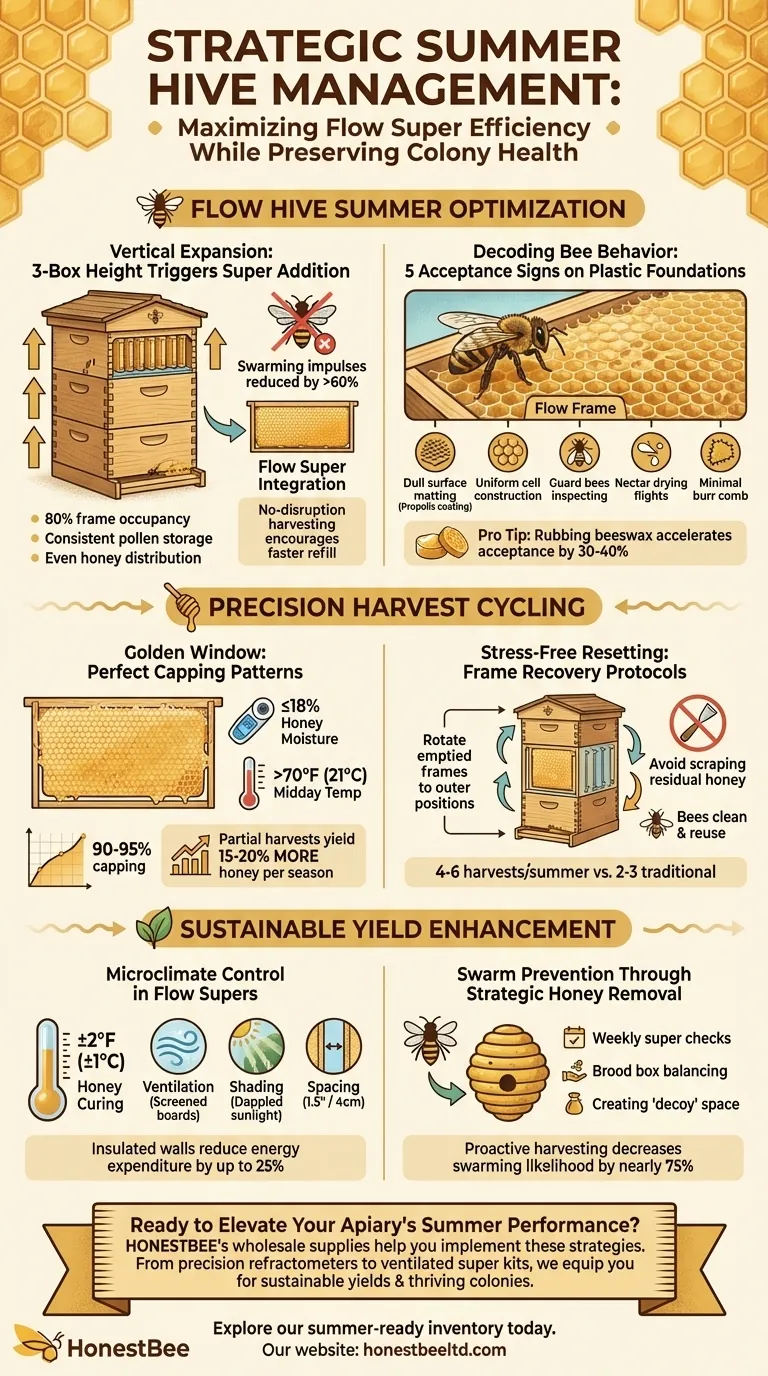
Related Products
- HONESTBEE Advanced Ergonomic Stainless Steel Hive Tool for Beekeeping
- Professional Dual-End Stainless Steel Hive Tool for Beekeeping
- Professional Galvanized Hive Strap with Secure Locking Buckle for Beekeeping
- Beehive Handle and Frame Rest Cutting Machine: Your Specialized Hive Machine
- Professional 3-Bar Frame Grip with Integrated Hive Tool
Related Articles
- How to Choose Between Top Bar and Langstroth Hives for Effortless Beekeeping
- How to Choose the Right Hive Tool for Your Beekeeping Needs
- How to Choose the Best Beehive Type for Your Climate and Terrain
- More Than Steel: How a Simple Hive Tool Dictates the Success of an Apiary
- How to Relocate Beehives Safely: A Science-Backed Guide for Beekeepers
